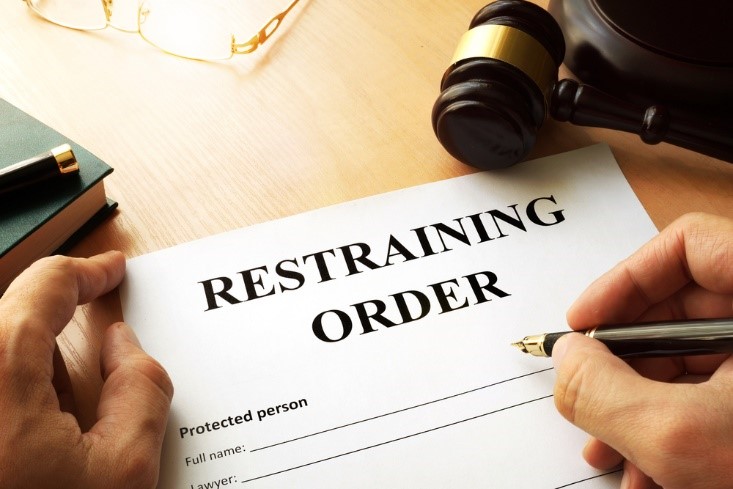Divorce is a very sensitive matter, and when children are involved in a divorce, there may be an impact on their emotional and mental health. Therefore, it becomes important for both parents to deal with this matter with the utmost care and consciousness. So, if you’re a divorcing couple and wish to learn more about the process of child custody, continue reading.
Types of Child Custody
There are two different types of custody. The following are:
1. Physical custody
a. Joint
b. Sole
2. Legal custody
a. Joint
b. Sole legal
Let’s learn about both custodies in detail.
- Physical custody

Physical custody helps in determining what percentage of time the child lives with each parent.
Factors The Court May Consider When Awarding Physical Custody
- Which child is going to school?
- Where is the child currently living?
- Which parent is more attentive to the child’s physical, emotional, educational, and special needs?
- Which parent has spent more time with the child?
2. Legal custody

Legal custody gives more rights to one parent to make major decisions about their child’s:
- Education
- Health
- Religious Upbringing
- Doctor, Dentist, Orthodontist, or Other Healthcare Professionals (except in emergency situations)
- Sports, Summer Camps
- Travel and Vacation
- Extracurricular Activities
- Residence
In addition, in legal custody, either parent can decide alone; both parents do not have to agree on every decision about these aspects of their children’s lives. But to avoid ending up back in court and having more conflicts, it is suggested that both parents should communicate with each other and cooperate in making decisions together for the wellbeing of their children.
The Bottom Line
For a comprehensive overview of the child custody and visitation process, contact the team at Family Law Richard E. Young & Associates. We are well-versed in California laws and will work directly with you to reach your desired results. Contact our firm today at (949) 951-9529 or visit our website for further information.







